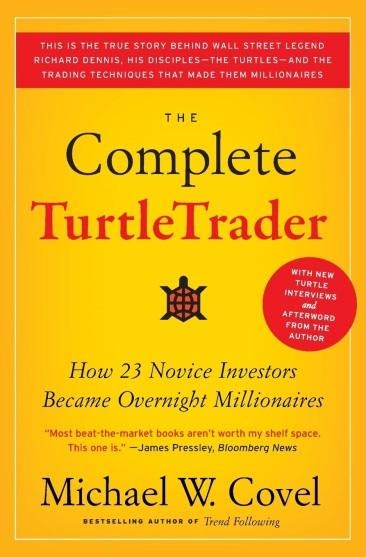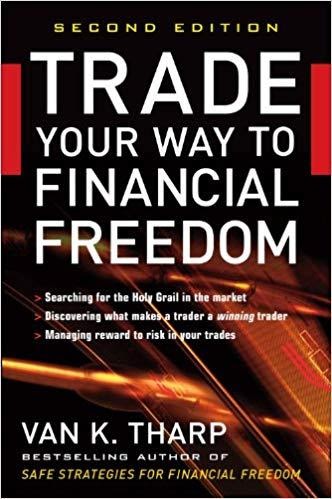Contents:

Although the prime rate and discount rate have several similarities, they also have some key differences. It is important for businesses and consumers alike to understand how these two rates ultimately affect the interest they pay on interbank loans, mortgages, and credit cards. The term “prime rate” refers to the interest rate that large commercial banks charge on loans and products held by their customers with the highest credit rating.


When banks within the U.S. banking system borrow from the central bank, they use the discount rate. Based on the prime rate and current mortgage rates, you can use a mortgage calculator to see how current or future shifts in prime rate or interest rates may impact your mortgage payments. It will prove a helpful tool to help you budget and make sense of the possible impact when you buy a home or refinance.
Meaning of prime rate in English
Many people are missing out on guaranteed returns as their money languishes in a big bank savings account earning next to no interest. Our picks of the best online savings accounts can earn you 13x the national average savings account rate. Click here to uncover the best-in-class picks that landed a spot on our shortlist of the best savings accounts for 2023.
- Thus, it helps in deciding the business person whether to borrow from Bank A or Bank B.
- But the prime rate is only one factor among several that determine how much you’ll pay for loans.
- The prime rate serves as an index that banks and credit unions use to set rates on consumer loan products.
- And at Elimination Chamber, WWE has a prime opportunity to send fan buzz through the roof by setting the stage for these marquee WrestleMania matches.
- Historically, in North American banking, the prime rate was the actual interest rate, although this is no longer the case.
- Advertising considerations may impact how and where products appear on this site but do not affect any editorial decisions, such as which products we write about and how we evaluate them.
Legally, every bank must have a certain amount of money in reserve to cover their customers’ withdrawals. If banks don’t have enough money in reserve at the end of the day, they have to borrow it, usually from other banks, and that’s where the federal funds rate comes in. If you have good credit or excellent credit, you have what is considered a “prime credit score” and are likely to be offered lower interest rates as a result.
Prime rate
Borrowers who are considered more likely to default — that is, not pay back a mortgage or other loan — get higher rates. But now, Federal Reserve Chair Jerome Powell says the economy and job market are so strong that the nation can handle interest rate increases to help tamp down consumer demand to better align with the supply of goods. Our experts choose the best products and services to help make smart decisions with your money (here’s how). In some cases, we receive a commission from our partners; however, our opinions are our own.
What are the super tax changes and how will they work? – Sydney Morning Herald
What are the super tax changes and how will they work?.
Posted: Tue, 28 Feb 2023 08:39:22 GMT [source]
The federal funds rate is the interest rate banks charge each other for overnight loans so they can meet their reserve requirements. Those are the amounts of money the Fed requires banks to have on hand at the end of each business day, partly to guard against bank failures. Fluctuations in the prime rate can reflect how tough or relaxed lenders’ financing standards and requirements are. When the prime rate is high, it often makes borrowing a lot more challenging.
The 10 Most Recent Prime Rate Changes
Editorial content from The Ascent is separate from The Motley Fool editorial content and is created by a different analyst team. The content provided on Moneywise is information to help users become financially literate. Tax, investment and all other decisions should be made, as appropriate, only with guidance from a qualified professional. We make no representation or warranty of any kind, either express or implied, with respect to the data provided, the timeliness thereof, the results to be obtained by the use thereof or any other matter. The content provided on MoneyWise is information to help users become financially literate.
- The interest on ARMs is fixed for the first several years, then it moves up or down along with a benchmark interest rate — often the prime rate.
- Many believe residential mortgage rates are linked to the prime rate.
- These include white papers, government data, original reporting, and interviews with industry experts.
Auto loans closely correlate with the prime, especially if car dealers are hungry for business. With the current prime at 4%, a 60-month auto loan is averaging 4.03% for a new vehicle; for a used car, around 4.17%. Short for the London Interbank Offered Rate, LIBOR was a commonly utilized interest rate benchmark that has historically had an impact on mortgage rates. However, it was phased out at the end of 2021 and The Secured Overnight Financing Rate has now replaced LIBOR in the United States. Variable Interest RatesVariable interest rate refers to a mortgage or loan interest rate that fluctuates with the market conditions. The interest levied on variable loans depends on the reference or benchmark rate—an index.
What is the current prime rate?
For instance, a defaulter’s https://forexarena.net/worthiness is not very promising, so the lenders may avoid such a debtor out of the fear of losing their money. Creditworthiness applies to people, sovereign states, securities, and other entities whereby the creditors will analyze your creditworthiness before getting a new loan. With variable mortgages, homeowners may expect to see more increases in mortgage interest payments due to the further prime rate increase. As the prime rate has risen to 7.75%, the average credit card interest rate has risen from 14.6% in February 2022 to 23.4% last week, according to LendingTree.

The prime rate is what banks and lenders use as a starting point when they set interest rates on loans, credit cards and other types of accounts. The prime rate can change over time with market conditions and influence the interest rate you receive on financial products. In the United States, the prime rate runs approximately 300 basis points above the federal funds rate, which is the interest rate that banks charge each other for overnight loans made to fulfill reserve funding requirements.
Banks set their own prime rates, but they’re generally all the same and move in lockstep with the Fed’s benchmark rate. The prime rate rose this week for the second time this year, after the Federal Reserve increased its key benchmark rate by a half-point to try to quell inflation. The prime rate is a short-term rate; but not as short as the discount rate, which is typically an overnight lending rate.

The interest https://forexaggregator.com/ on that hypothetical home equity line will go up from 4.5% to 5% now that the benchmark rate is increasing. The prime rate is also known as the prime lending rate, prime interest rate, or base lending rate. Although it’s a variable or floating, interest rate, the prime does not change at regular intervals. Rather, banks adjust it according to the shifts in the economy and the business cycle. Or it can potentially change several times within one year especially in economically turbulent times.
The Federal Reserve is about to hike interest rates one last time this year. Here’s how it may affect you – CNBC
The Federal Reserve is about to hike interest rates one last time this year. Here’s how it may affect you.
Posted: Mon, 12 Dec 2022 08:00:00 GMT [source]
https://trading-market.org/ Rate.The prime rate announced to be in effect from time to time as published as the average rate in the Wall Street Journal . The prime rate is largely meant for corporate clients, not individuals, who are unlikely to obtain it. Rather, in the context of real estate transactions, it’s best thought of as a general barometer for how mortgage interest rates and payments may wax and wane. CreditworthyCreditworthiness is a measure of judging the loan repayment history of borrowers to ascertain their worth as a debtor who should be extended a future credit or not.
Interest rates often rise when the prime rate rises and fall when it falls, but this isn’t guaranteed. Banks choose their own interest rates, and sometimes their rates differ greatly from the prime rate. As noted above, lenders charge their most creditworthy clients the prime rate for mortgages, small business loans, or personal loans. For others, the prime rate forms the basis or starting point for most other interest rates.
